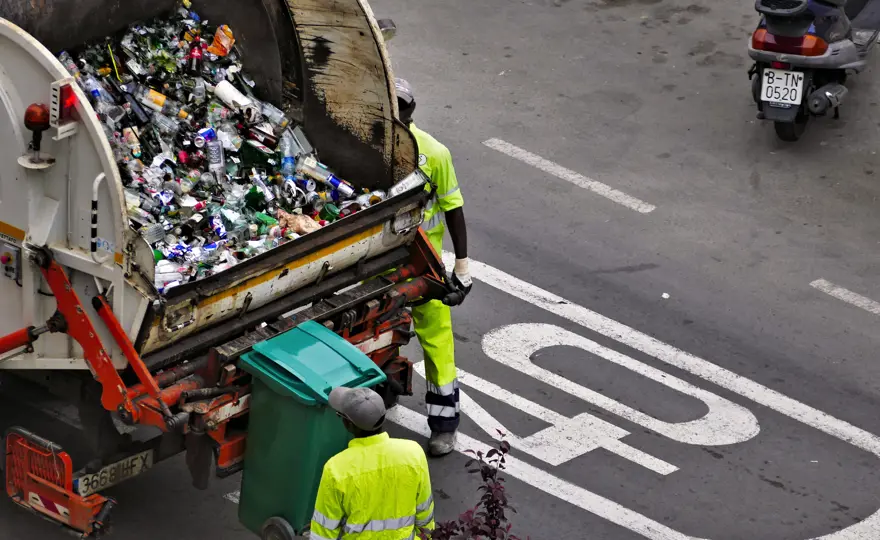ClientEarth Communications
9th March 2021


Waste incineration - burning refuse in incinerators to make electricity (or 'Energy from Waste'), has been touted as key to reducing the carbon emissions from waste treatment in the future. In recent years it’s been pushed as an alternative to sending waste – especially plastic waste – to landfill. As well as reducing what we send to landfill sites, which are becoming increasingly full, it would have the added effect of reducing the need to burn fossil fuels in conventional power plants. This has led to a number of local authorities in the UK ramping up the construction of such facilities.
There’s a lot to consider when weighing up the ‘green credentials’ of any waste solution. We recently commissioned a report by Eunomia Research and Consulting into the medium and long-term impacts of incineration of waste on climate and air quality in the UK.
The report was featured on a recent episode of Channel 4’s Dispatches: The Dirty Truth About Your Rubbish.
But despite the cases put forward in favour of waste incineration, the report illustrates why it cannot be considered a ‘green’ or low carbon source of electricity, especially over a 15-year window. In fact, it tells us that incineration will become more carbon-intensive than landfilling in the UK by 2035 as well as a major source of toxic air pollution.
As the world drowns in plastics and countries like China close their doors to foreign waste, incineration will increasingly be pushed as an ‘easy’ alternative. But waste does not just disappear in a puff of smoke. The more waste and plastics are sent to be burnt, the more our environment and health will suffer in parallel.
Tatiana Luján, ClientEarth plastics lawyer
In addition to the direct impact of burning waste on the planet and our health, waste incineration could have a further, indirect effect by impacting the amount that gets recycled. The Dispatches team found a direct correlation between regions tied into waste incineration contracts and low recycling rates. And in England, we now burn more of our waste than we recycle. In fact, the documentary showed that around 60% of the waste going to incinerators could be recycled instead.
The report analyses the impacts in terms of both carbon emissions and air pollutants. It finds that:
Waste incineration contributes to air pollution and like many other forms of air pollution, it seems toxic fumes from incinerators are likely to affect deprived areas, as well as areas with high populations of people of colour the most.
An investigation by Greenpeace’s Unearthed has found that waste incinerators are three times more likely to be built in the UK’s most deprived neighbourhoods while more than two thirds of the potential incinerators in England are planned for the northern half of the country.
People living near incinerators complain of noise, litter, increased vehicle traffic, smells and air pollution. As temperatures rise in the summer, the smell often gets worse, forcing people to close their windows and avoid sitting outside.
We need to reduce what we’re sending to landfill, but rather than turning to short-term ‘plasters’ like incineration, the government needs to tackle the problem at the source and turn off the tap of unnecessary plastic production.
Our plastics lawyer, Tatiana, added: “Countries like Denmark have already understood that incineration won’t square with their climate goals and ordered a reduction in their incineration capacity. At the end of the day, converting plastic waste into energy does nothing to reduce demand for new plastic products and even less to mitigate climate change. To push for these approaches is to distract from real solutions like reuse systems at scale.”
In 2018, the European Union came out with a set of laws which many hailed as the world’s most ambitious to cut waste and incentivise reuse. EU countries and the UK are under a legal obligation to:
But as is the case with any legislation coming out of EU institutions, the key is how EU countries put them into national law – and EU countries are missing key implementation deadlines.
Tatiana said: “With the current situation likely to lead to an increase in all sorts of waste, governments cannot bury their heads in the sand. By not moving forward with a more circular model, we are losing out on massive environmental and economic benefits – and digging ourselves deeper into the rubbish heap.”